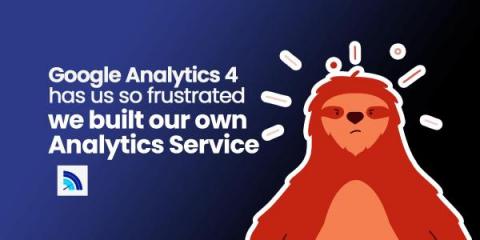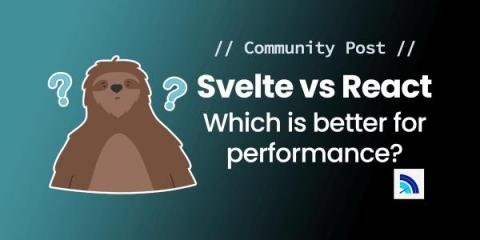Operations | Monitoring | ITSM | DevOps | Cloud
Request Metrics
Revealing User Intent
Hey. Are you interested in tracking user journeys, identifying errors, improving your website experience, and making sure data is secure? Of course you are. The tools to do this today are too complicated, too expensive, and theres too much to learn. I'm trying to fix that with Request Metrics--one easy-to-use interface for all your client-side information. Let's build better websites together! 🌐
User-Centric Prioritization of your Bugs
🐞 Too many bugs and not sure where to start?📉 Not sure how to prioritize performance improvements? Match bugs with analytics to find the important issues that stop users from converting--spend time where it really matters. 🚀
Website Analytics Audit of FrontendMasters.com
Todd Gardner conducted a free website analytics audit of FrontendMasters.com. He highlighted knowing the sources of traffic, important events to track visitor buying decisions, and the importance of having this analytics data to improve your site and further your contact with customers.
Google Analytics 4 Has Me So Frustrated, We Built Our Own Analytics Service
Google Analytics was the go-to analytics tool. It set the standard, we all learned on it, and we all used it. But Google Analytics 4? It’s a nightmare. I’ve tried to figure it out for weeks and it’s just…confusing.
Our Super Friendly AI Sloth that Analyzes Your Performance Data
Seems like everyone is building a ChatGPT thing right now, doesn’t it? Well we are too! Inspired by so many others, we decided to see what AI could do with our simplified analytics and observability data. Turns out, it can do quite a lot. I’m thrilled to share that we’ve shipped our first AI insights chatbot, Professor Sloth.
Expanding Our Vision: Unifying Client-Side Observability Data
In 2021, we started Request Metrics as a simple and developer-friendly service to measure and improve web performance. We built an incredible platform that distilled complex data down into simple reports and recommendations. Lots of teams around the world found valuable insights in Request Metrics that they couldn’t get anywhere else. But web performance data can be very unpredictable—the web slows down in all sorts of ways.
Svelte vs. React: Which is Better for Performance?
You can hardly even talk about web development without mentioning JavaScript. Because of its popularity, JavaScript has given birth to several frameworks and libraries that developers can barely keep up with. This post will discuss two popular JavaScript front-end frameworks and libraries: Svelte vs React and their performance. We’ll determine if Svelte is faster than React or whether Svelte is better than React. We’ll also compare the two to determine which is better for performance.
High Performance Images: 2024 Guide
Images engage users, drive clicks, and generally make everything better–except performance. Images are giant blobs of bytes that are usually the slowest part of your website. This 2024 guide has everything you need to know for fast images on the web. Images are big. Really big. The bytes required for an image dwarf most site’s CSS and JavaScript assets. Slow images will damage your Core Web Vitals, impacting your SEO and costing you traffic.











